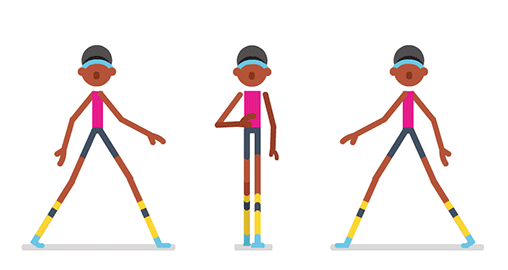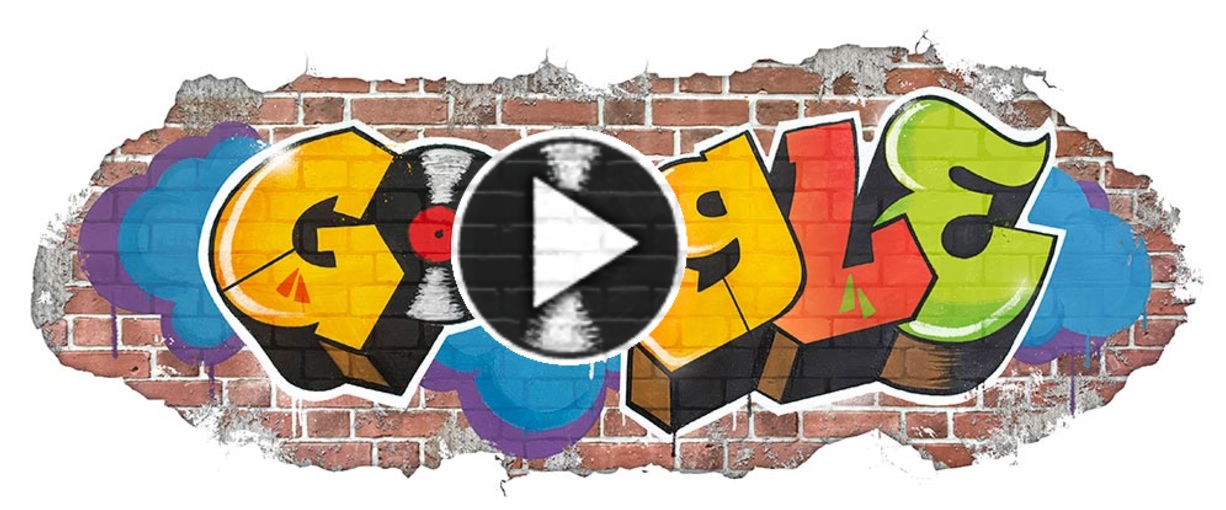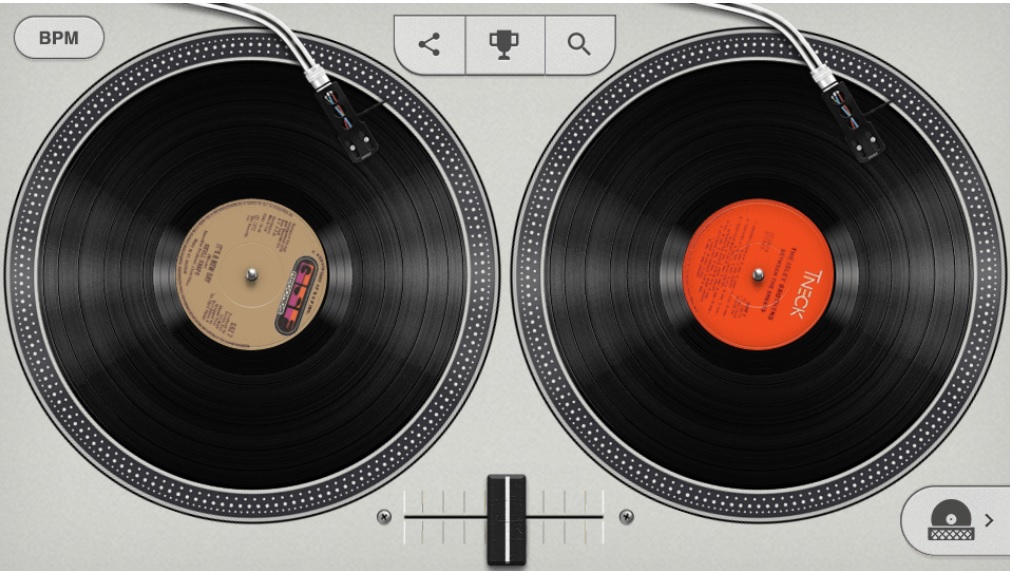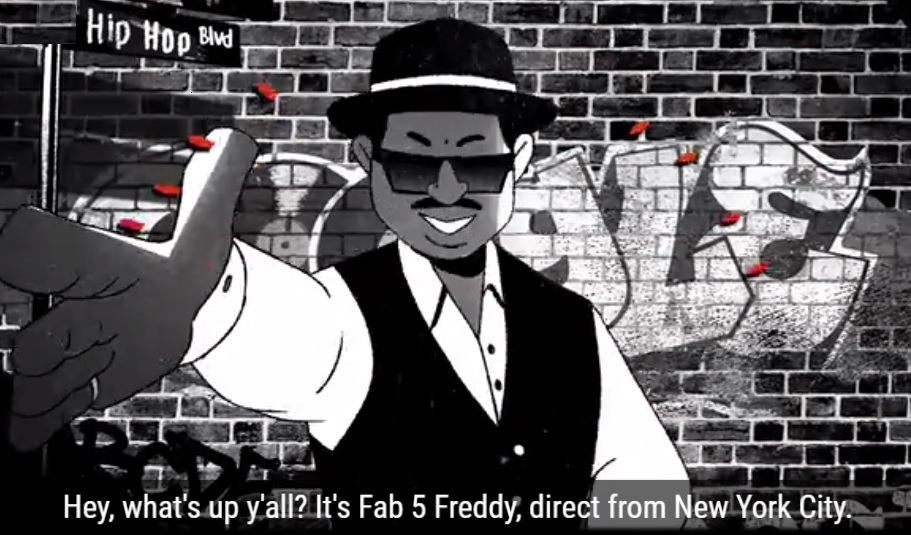 Today is the 44th anniversary of the birth of hip hop when DJ Kool Herc deejayed at his sister’s birthday block party at 1520 Sedgwick Avenue, Bronx, NY.
Today is the 44th anniversary of the birth of hip hop when DJ Kool Herc deejayed at his sister’s birthday block party at 1520 Sedgwick Avenue, Bronx, NY.
In the 1970s the then underground urban movement known as “hip hop” began to develop in the South Bronx in New York City. It focused on emceeing (or MCing) over “breakbeats”, house parties and neighbourhood block party events, held outdoors.
Similarly, DJ Kool Herc used two copies of a record and stretch the break parts by using two turntables and mixing in both records before the break ends at the infamous block party in 1973. During these “breaks” his friend Coke La Rock hyped up the crowd with a microphone. Herc’s experiments with making music with record players became what we now know as breaking or “scratching. This historical moment is when apparently Hip Hop was born. Below is a video of Kool DJ Herc describing how he invented the idea of playing two breakbeats together to give you insight on how it was created.
I believe Hip Hop was birthed way before 1973, in fact it was! In 1925, Earl Tucker (aka Snake Hips), a performer at the Cotton Club, invents a dance style similar to today’s hip-hop moves. He incorporated floats and slides into his dance.
To give you a better background story of hip hop below is a glance of the history of Hip Hop provided by Thought Co. before the August 11, 1973 party.*
- 1940: Tom the Great (a.k.a. Thomas Wong) uses a booming sound system to delight his audience.
- 1950: The Soundclash contest between Coxsone Dodd’s “Downbeat” and Duke Reid’s “Trojan” gives birth to the concept of DJ battling.
- 1956: Clive Campbell is born in Kingston, Jamaica. (Campbell would later become the father of what we now know as hip-hop.)
- 1959: Parks Commissioner Robert Moses starts building an expressway in the Bronx. Consequently, middle-class Germans, Irish, Italians, and Jewish, neighborhoods gradually disappear. Businesses relocate away from the borough only to be replaced by impoverished African-American and Hispanic families. Along with the poor came addiction, crime, and unemployment
- 1962: James Brown records Live At The Apollo. Brown’s drummer Clayton Fillyau introduces a sound that is now known as the break beat. The break beat would later inspire the b-boy movement, as breakers danced to these beats at block parties.
- 1967: Clive Campbell migrates to the United States at the age of 11. Because of his imposing size, kids at Alfred E. Smith High School nickname him Hercules. He would later become a graf writer and change his name to Kool Herc.
- 1968: A gang named Savage Seven would hit the streets of the East Bronx. Savage Seven later changes its name to Black Spades, before eventually becoming an organization known as the Zulu Nation.
- 1969: James Brown records two songs that would further influence the drum programming in today’s rap music – “Sex Machines” with John Starks playing drums and “Funky Drummer” with Clyde Stubblefield on the drums.
- 1970: DJ U-Roy invades Jamaican pop charts with three top ten songs using a style known as toasting. The Last Poets release their self-titled debut album on Douglas Records combining jazz instrumentations with heartfelt spoken word. (The Last Poets would later appear on Common’s 2005 rap anthem, “The Corner.”)
- 1971: Aretha Franklin records a well-known b-boy song “Rock Steady.” The Rock Steady crew would go on to rule in the world of break-dancing, with members all across the globe.
- 1972: The Black Messengers (a group that staged performances for The Black Panthers and rallies relating to black power movement) feature on The Gong Show. However, they are only allowed to perform under the alias “Mechanical Devices,” because of their controversial name.
As you can see Hip Hop has been around longer than you think but DJ Kool Herc’s performance on August 11th brought it to the mainstream.
 Today, Google celebrates the 44th anniversary of that very moment with a first-of-its-kind Doodle!
Today, Google celebrates the 44th anniversary of that very moment with a first-of-its-kind Doodle!  It features a custom logo graphic by famed graffiti artist Cey Adams, interactive turntables on which users can mix samples from legendary tracks, and a serving of Hip Hop history – with an emphasis on its founding pioneers.
It features a custom logo graphic by famed graffiti artist Cey Adams, interactive turntables on which users can mix samples from legendary tracks, and a serving of Hip Hop history – with an emphasis on its founding pioneers. 
The whole Google experience is narrated by Hip Hop icon Fab 5 Freddy, former host of “Yo! MTV Raps.” To check out the interactive turntables click here.
Since it’s a Friday and if you love hip hop I suggest hitting the town tonight and enjoy the sounds of Hip Hop and shake it on the dance floor. If you know me I will be hitting the dance floors tonight!
Happy 44th Anniversary to the birth of my favorite music, Hip Hop!
###
Source: Google, Wikipedia, Thought Co.

